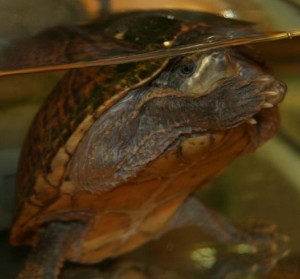Land Use And Geology Walk; Year Of Turtle
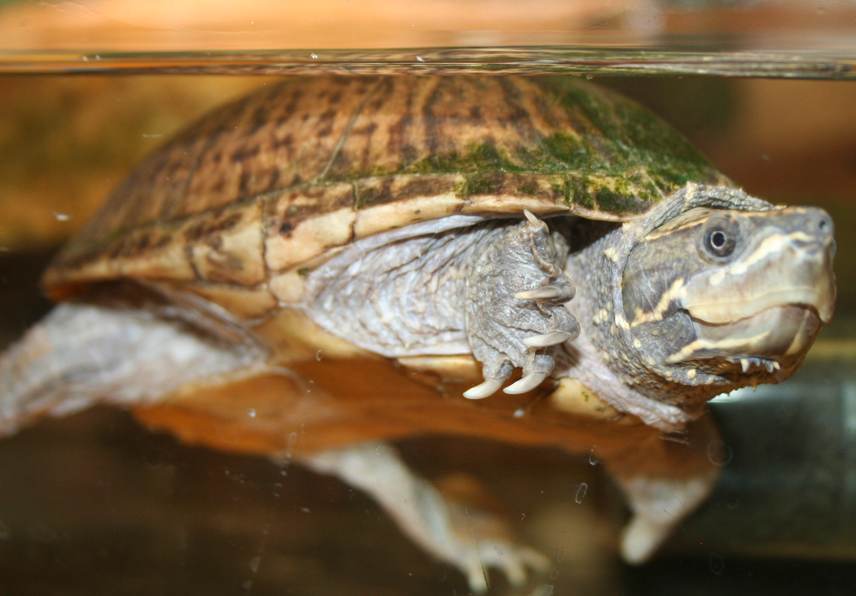
Looking for something to do that puts manure on the fields of your mind and stretches winter-weary muscles too? How about a walk through time to learn about the Hammonasset people, whose name means “where we dig the ground.”
A special “Guided Geology and Native American Land Use Hike” led by Dr. Nick Bellantoni, Connecticut state archeologist is set for Saturday, Feb. 26 at Hammonasset Beach State Park. This is but one of the Bauer Series family-friendly programs sponsored by the Friends of Hammonasset, a non-profit group of volunteers who serve as advocates for the park. And it's free.
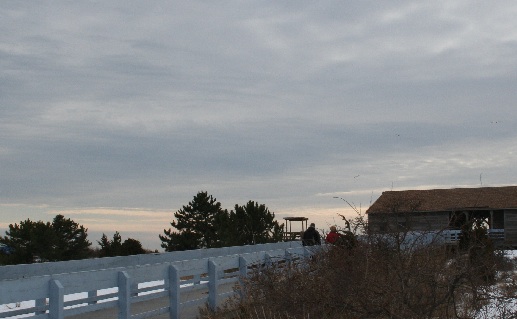
Participants should meet at the Meigs Point Nature Center at 10 a.m. (Dress for the weather; wear comfortable shoes with ankle support.) To learn more about other programs including the March 5 Native American Folktales told around an outside fire pit (with marshmallows), see the Friends Web site.
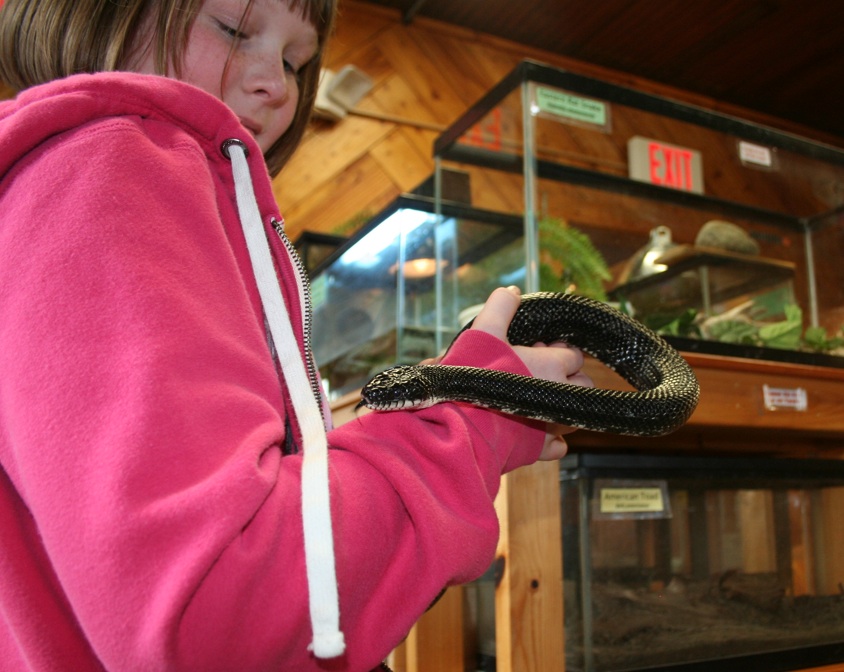
There is much evidence of earth time and human history at the coastal park. From its use by native Americans to shooting range practice during a world war, displays inside the Meigs Point Nature Center vividly depict facets of the land's use.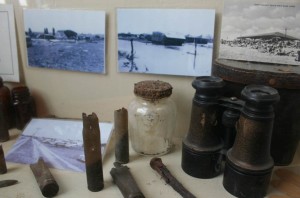
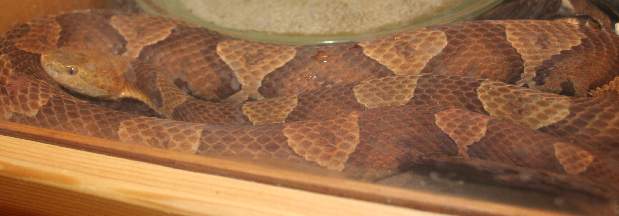
After the walk (or while others are hiking) stay for a bit to tour the nature center. Inside are live animals, including a copperhead snake, rat and black snakes, frogs and turtles.
The U.S. has more native turtle species than any other country; it is a turtle biodiversity hot spot.
Currently, 328 species of turtles are known worldwide, with 57 (20 percent of the world's turtle species) found in the U.S. and Canada. Twelve turtle species (including four sea turtles) occur in Connecticut. Seven of these turtles are currently on the state's list of endangered, threatened and special concern species.
Connecticut’s native turtle species: Bog (endangered), common musk, Eastern box (special concern), common snapping, wood (special concern), painted. Also, Atlantic green sea turtle (threatened), spotted Atlantic Ridley sea turtle (endangered), northern diamondback terrapin, leatherback (endangered), and loggerhead (threatened).
Partners in Amphibian and Reptile Conservation (PARC), of which the Connecticut Department of Environmental Protection (DEP) has been a member since 1999, has proclaimed 2011 as the Year of the Turtle.
While looking over the critters, think on 2011 being the “Year of the Turtle” in an effort to increase U.S. involvement in local-to-national turtle issues. State and federal wildlife agencies, along with several conservation and turtle organizations, are partnering with PARC to help spread the word.
“The DEP Wildlife Division also has made a commitment to inform residents about the state’s native turtles through monthly news releases, articles and species profiles in issues of our bimonthly magazine, Connecticut Wildlife, a children’s art contest, and related events,” said Rick Jacobson, director, DEP Wildlife Division.
Turtles (which include tortoises) occur in fresh water, salt water, and on land. Their shells make them some of the most distinctive animals on Earth. Turtles are typically slow creatures – the way they move and grow. Some species may take 10 to 15 years before individuals of can reproduce.
More “Year of the Turtle” information is listed on the DEP’s Web site www.ct.gov/dep/yearofturtle.
Did you know? This distinctive glacial boulder greets visitors to Hammonasset State Park is only the second monument known in Connecticut which honors a Native American tribe. Learn more details and lore at the hike this weekend or at other events in the park coming up.


